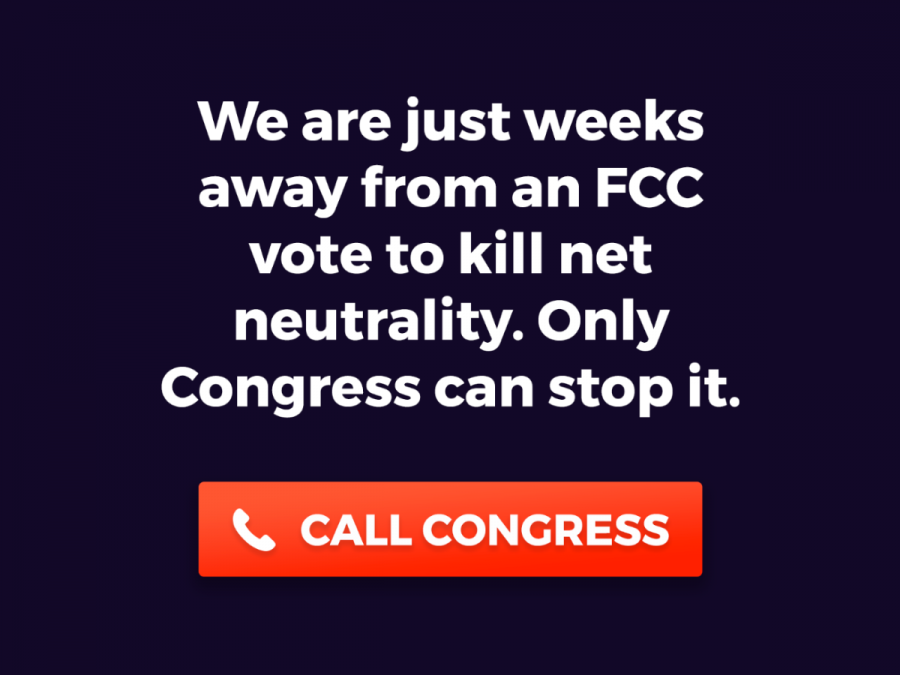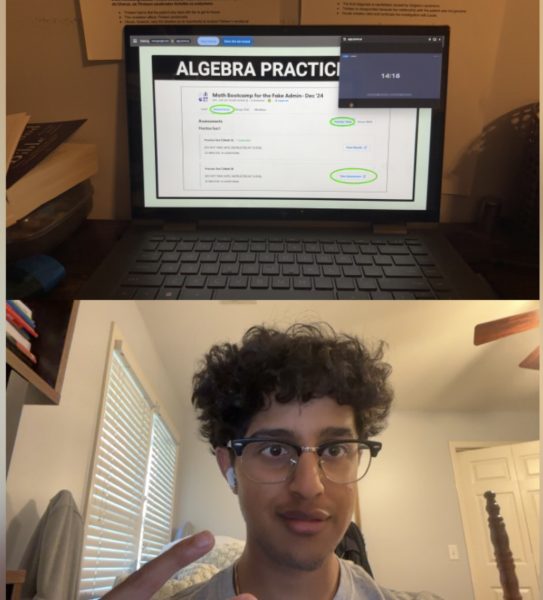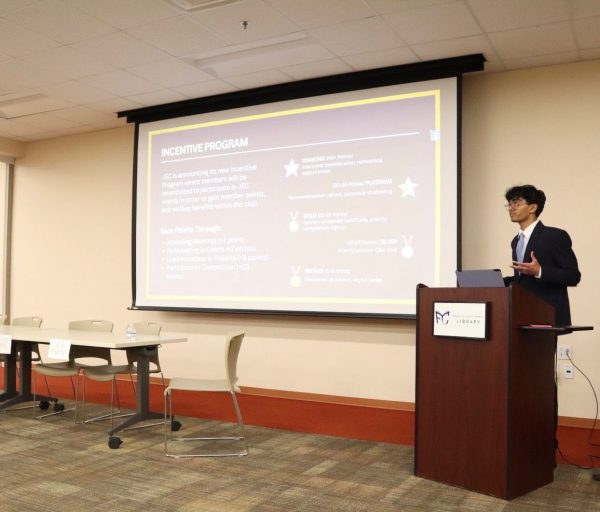The fight for net neutrality
Exactly a week and one day ago, the United States celebrated the annual, national holiday of Thanksgiving, a day of gratitude for the things we generally take for granted. Millions of Americans sat around their dinner tables to recognize these luxuries in silent prayer or in boisterous thanks: luxuries that included but weren’t limited to family, shelter, food, friends, and life. However, among these indulgences was a relatively unknown, nevertheless influential principle that governed a very important aspect of our daily lives, a principle that governed the freedom of the internet, a principle formally called net neutrality.
Now, some of you may be wondering to yourselves, “what the heck is net neutrality?” Indeed, what is this alleged foundation of freedom that governs the way we use our computers, our mobile devices, our televisions? In a nutshell, net neutrality is the guiding principle that preserves the right of the individual to their freedom of an equal internet. It allows you to stream Stranger Things or Supernatural without having to worry about Comcast charging a Fast Track™ service for an “unleashed” Netflix experience. It allows you to visit any website you so please without censorship and without some pesky pop-up window stating that your internet service provider has decided to block a website due to it not aligning with their “policies.” It allows small business startups to gain recognition without having to concern themselves with a Better Access™ fee that gives them the necessary outbound speed required to connect with their customers. In short, net neutrality makes the internet the internet we know and love.
However, if you’ve been following the news lately, you will likely have read that the Chairman of the Federal Communications Commission, Ajit Pai, has been campaigning for its repeal. According to the chairman, the primary reasons the FCC advocates for the removal of net neutrality are the regulations placed upon internet service providers by the federal government and the anti-competitive practices performed by Comcast, Charter, and AT&T. He cited that current net neutrality policy, most notably Title II of the Communications Act—an act that was created under the Obama Administration by the FCC—stifled innovation and was an example of government overreach.
How exactly does this repeal work? The most notable change internet legislation under Pai’s campaign would be the reclassification of broadband internet to a communications service, as opposed to an information service, which the FCC holds no jurisdiction over. This would allow internet service providers to dictate people’s online experience, putting them in a position of power over the consumer. Consequently, broadband providers would be able to do as they please to the online experience of the consumer with practices that include, but are not limited to, throttling, blocking, and censoring.
So, what can we, the people, do to stop this? Well, the most prominent course of action would be to communicate with any and all politicians involved with the net neutrality vote. Our own Republican state representative, Drew Ferguson, has yet to announce his stance on the net neutrality debate, so we still have time. However, Senators Isakson and Perdue have already asserted their opposition to net neutrality, but we can still convince them to make the switch. You can also visit Battle For The Net and join the movement to protest the repeal.
Remember, the United States of America is a democracy. We still have a chance. Take action, and save net neutrality.
Your donation will help support The Lambert Post, Lambert High Schools student-run newspaper! Your contribution will allow us to purchase equipment and cover website hosting costs.













